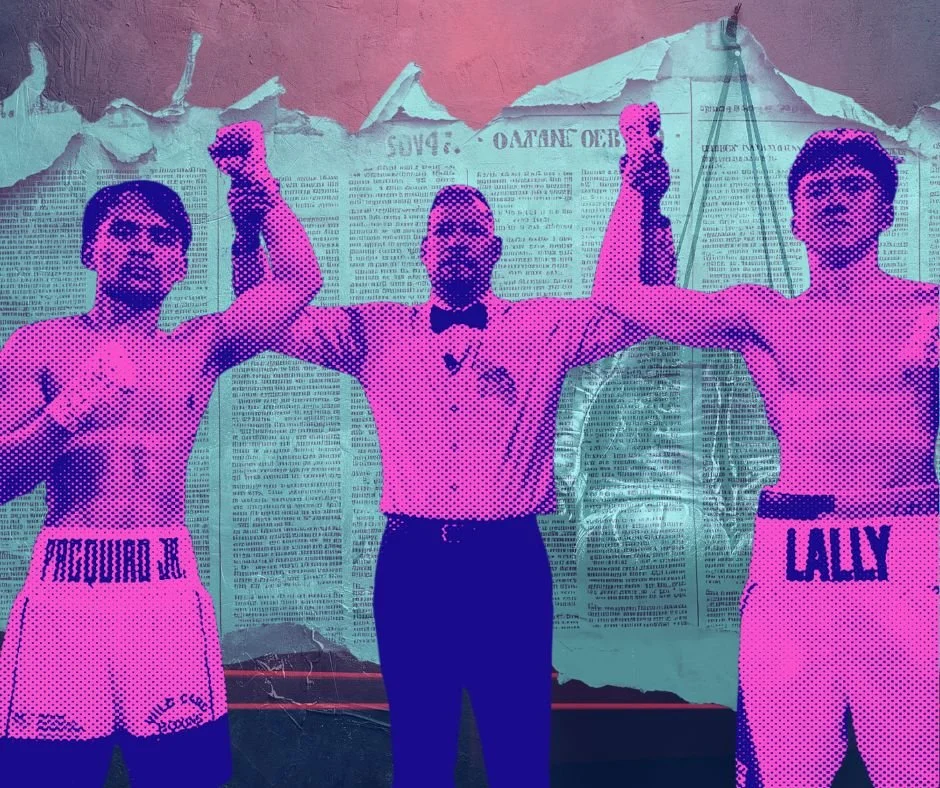The Origin Of the Halo-Halo Dessert
When it comes to Filipino cuisine, Halo-Halo is reigns supreme and top of mind for most Filipinos. Halo-halo, which literally translates to "mix-mix" in Filipino, is a symphony of flavors and textures that captures the essence of Filipino culture. It is a simple mix of fruits and sweet and creamy ingredients that fits the notorious Filipino sweet tooth pallet. Let’s dig to fruity center of it all and find out where this sweet treat originated from.
Photo courtesy of ANDREW BUI and BROOKE CAISON
The exact origin of the shaved iced dessert is actually unknown but is largely attributed to Kakigori, a Japanese a snow cone sweetened with condensed milk, syrup and sweetener closely similar to modern Halo-halo. It is said that the Japanese influenced most of East and Southeast Asia in creating their own versions:
Malaysia: Ais Kacang
Korea: Bingsu
Vietnamese: Chè
Indonesia: Es campur and Es teler
India: Falooda
Thailand: Namkhaeng sai and O-aew
Taiwan: Tshuah-ping or Baobing
While the exact time of invention is also unknown it can reasonably be traced back to the mid-1800’s when the American first introduced how to make ice, and then in 1902 with the first ice plant, the Insular Ice Plant (also known as the oldest ice manufacturing plant in Southeat Asia.
One of the earliest versions of halo-halo was a dessert known locally as monggo con hielo (derived from the Spanish Filipino dessert Maz con hielo) or mongo-ya, which consisted of only mung beans boiled and cooked in syrup (minatamis na monggo), served on top of crushed ice with milk and sugar. More ingredients were added over time, culminating in the formation and evolution of the current halo-halo. The original monggo kon-yelo variety is still available today, along with comparable varieties made with sweet corn (mais kon-yelo) or saba bananas.
Modern Filipino Recepies makes use of Sugar palm fruit (kaong), coconut sport (macapuno), saba plantains cooked in syrup (minatamis na saging), jackfruit (langkâ), agar jellies (gulaman), tapioca pearls, nata de coco, sweet potato (kamote), sweetened beans, cheese, pounded toasted young rice (pinipig), and ice cream are common ingredients in halo-halo. The components are arranged in a certain order, with the fruit, beans, and other sweets at the bottom, followed by shaved ice, and then topped with a mixture of leche flan, ube halaya (mashed purple yam), or ice cream. It is served with evaporated milk or coconut milk and is poured into the mixture. There are other local and regional versions of Halo-halo available around the country, each with a different and/or extra ingredient than those listed above, such as sweetened wintermelon, durian, and strawberry ice cream, among others. Variations to desert has led to creation of other items as well such as:
With its rise in popularity, Halo-halo is now seen more often in the limelight. One example was Anthony Bourdain’s Parts Unknown as he visited a Jollibee branch in Los Angeles in season 1, episode 2.
Halo-halo has captivated the hearts and palates of people all over the world, from its humble origins to its current status as a revered national treasure. This delectable blend of tastes and textures will remain a lasting emblem of Filipino pride and culinary innovation, whether consumed on a hot summer day or as a nostalgic taste of home.























It all started with a table outside of a Seafood City in 2015.
LEAD Filipino volunteers were on hand with clipboards and flyers for a Filipino voter registration drive. It was an early campaign for the grassroots organization, which grew out of a desire to build Filipino civic voice and representation.
Read More